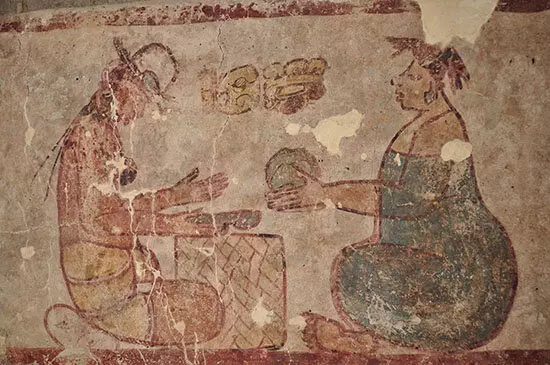
Work is posted in Journal of Anthropological Archaeology. Markets in the markets were an important component for the life of the Mayan Late classicism households (600-900 of our era). It is known that the Mayan money used cocoa beans, woven cotton and copper products.
A new study of a scientist from the State University of Louisiana (USA) Heather McCillop says that the Maja could serve as money. After all, this product is necessary for the normal operation of the body and is useful for canning food. In addition, salt could present value for Maya due to limited distribution in the region of their residence.
In 2004, thanks to the underwater archeology, Professor of the Department of Geography and Anthropology at the University of Louisiana discovered in the southern part of Belisa, the first remains of the ancient salt buildings of Maya made of wood and straw. They remained due to the fact that they were flooded in the marine lagoon, in the mangrove. Since then, Heather McCillop and her team of students and graduate students have already caused 70 sites on a map, which testify to the extraction of salt and its use of Maya. Among other things, experts found canoeing, tools from Jadeite, stone tools used to salting meat and fish, many debris of ceramic products. The scientist believes that Maya boiled aqueous hydrochloride solution in ceramic pots over fire to extract salt.

In her opinion, in this place there was a kind of "plant" for the production of salt, since the scale of production suggests that all its local Maya was clearly not used. Most likely, they drove salt up the river for sale. In addition, the professor and its graduate students explored hundreds of chips of ceramic products for salt, and also reproduced the clay dishes on the 3D printer. Due to this, it was possible to establish that the ceramic vessels used to boil the brine were standardized by volume, that is, manufacturers made the same unit of salt mass.
And this indicates the possibility of using it as money. This is also indirectly indicated by the Mayan fresco, written more than 2500 years ago on the Yucatan Peninsula (Mexico) and depicting seller of salt. Ethnographic data collected in 1981 in Guatemala only confirm the idea: salt on this territory in antiquity could be considered as a valuable product. It was produced and bought, and then used as a monetary unit.
Source: Naked Science
